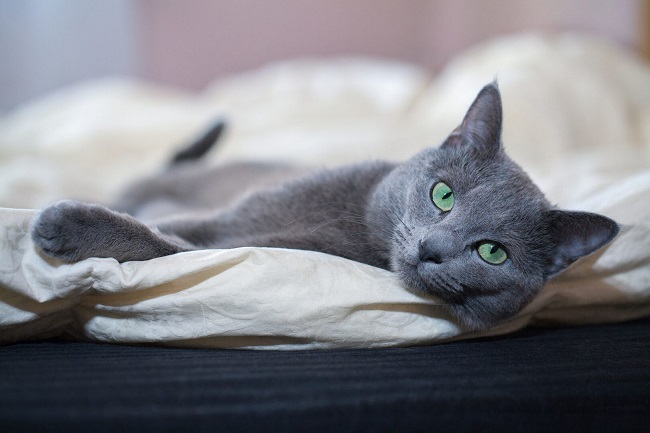Cats, with their distinct personalities and comforting purrs, are wonderful companions. However, cat hair is a common concern for many prospective cat owners, especially those with allergies or a keen sense of cleanliness.
If you’re one such individual, fret not! The world of cats is diverse, and certain breeds shed significantly less than others. This article uncovers the secret behind the minimal shedding of these cats and introduces you to some of the least shedding cat breeds.

Why Do Some Cats Shed Less?
Cats shed fur as a natural process to remove dead hair and maintain their coat’s health. However, the amount and frequency of shedding vary significantly across breeds, influenced by factors like genetics, diet, health, and living conditions.
Some cats have hair growth cycles that result in less shedding, making them an excellent choice for those desiring a less hairy environment.
Top Cats that Shed the Least
Here’s a curated list of cat breeds known for their minimal shedding characteristics:
Siamese: These cats have a short, fine coat that sheds very little, requiring only occasional grooming.
Bengal: Bengals are known for their uniquely patterned coat and remarkably little shedding due to their short and dense fur.
Cornish Rex: Unlike most cats, Cornish Rex have a single layer of curly fur, resulting in significantly less shedding.
Sphynx: The Sphynx is a hairless breed. While they may have a fine layer of downy fuzz, their lack of a traditional coat means they don’t shed like other breeds.
Russian Blue: These cats have a dense double coat that doesn’t shed much, especially when maintained with regular grooming.
Grooming Low-Shedding Cats
Despite shedding less, these cat breeds still require regular grooming. Brushing helps remove loose fur and distribute natural oils, promoting a healthy coat. In hairless breeds like the Sphynx, regular baths are necessary to remove skin oils that would usually be absorbed by fur.
Health Considerations of Low-Shedding Cats
Even though these breeds shed less, it’s important to monitor their skin and coat health. Irregularities like excessive hair loss, bald spots, or skin irritation may indicate underlying health issues and warrant a vet visit.
Advantages of Owning Low-Shedding Cats
Less shedding implies fewer allergens in the environment, beneficial for those with cat allergies. Additionally, low-shedding cats are a perfect choice for individuals who like to maintain a clean, fur-free household.
Potential Challenges with Low-Shedding Cats
While low-shedding cats offer many benefits, they come with their own set of challenges. For instance, hairless breeds like the Sphynx may require more maintenance than their furry counterparts.
They need frequent baths to remove oils and debris from their skin, and as they are sensitive to temperature changes, they may require clothing or warm spaces during colder months.
Environmental Factors Impacting Shedding
It’s essential to understand that environmental factors may influence a cat’s shedding pattern. Stress, seasonal changes, poor diet, or underlying health conditions can lead to increased shedding.
Even low-shedding breeds can shed more under certain circumstances, so it’s crucial to monitor any sudden changes in your cat’s shedding habits and consult a veterinarian if needed.
Hypoallergenic Cats Vs. Low-Shedding Cats
While low-shedding cats do reduce allergens in the home, it’s essential to understand they are not necessarily hypoallergenic. People allergic to cats are usually reacting to a protein called Fel d 1, found in cat saliva, urine, and dander. Therefore, a cat that doesn’t shed much can still cause allergic reactions if they produce this protein.
Breeding and Genetics of Low-Shedding Cats
The genetics of low-shedding cats is fascinating. Selective breeding has contributed to the development of breeds with less shedding.
These genetics are complicated and involve traits related to hair length, growth cycle, and texture, among others. Continued research in this field helps breeders develop cats that suit various lifestyle needs.
Choosing the Right Low-Shedding Cat for You
When selecting a low-shedding cat, consider other factors like the cat’s personality, lifespan, and breed-specific health issues. Engage with breeders and shelters to understand what owning such a breed entails. A cat is a long-term commitment, and shedding is just one of many aspects to consider.
Conclusion
Choosing a cat breed that sheds less can significantly reduce fur-related concerns. However, remember that low-shedding does not mean zero maintenance.
Regular grooming, a balanced diet, and consistent veterinary care are essential in ensuring your feline friend stays in the prime of health.
By considering these low-shedding breeds, you can enjoy the companionship of a cat without the extensive clean-up, truly offering the best of both worlds.
























